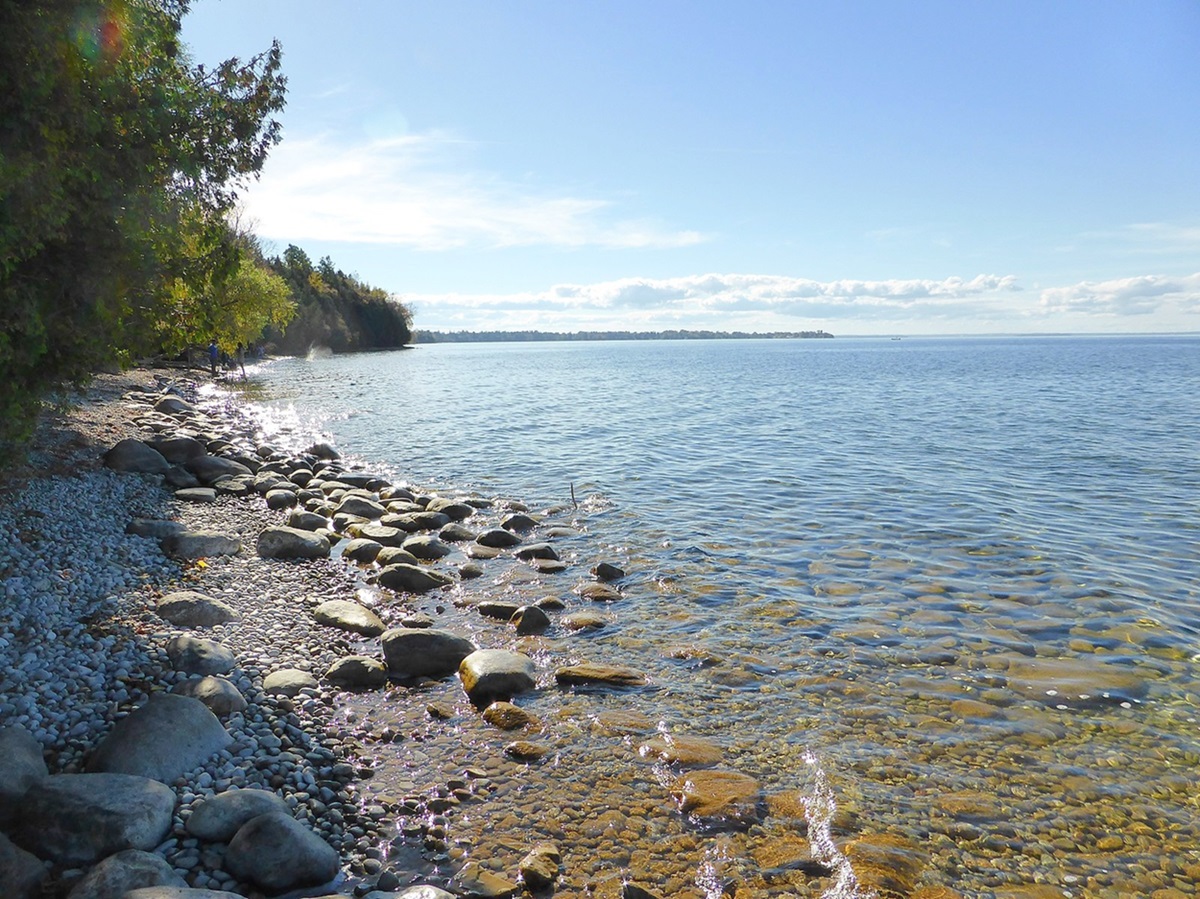Lake Abitibi, 932 km2, elev 265 m, straddles the Québec-Ontario border about 280 km south of James Bay. Irregularly shaped and about 75 km long, it is actually 2 lakes joined by a narrows. It drains west and north through the Abitibi River and Moose River to the bottom of James Bay. The region is heavily forested and supports a pulp and paper industry centred at Iroquois Falls, west of the lake. Gold mining has been important and the wild natural setting attracts a growing number of tourists.
History
The lake was a fur trade centre from 1686 when the Chevalier de Troyes established a post as he passed on his way overland from Québec to attack forts on the bottom of the bay. The name comes from an Algonquin and Cree expression meaning "halfway water." It was first noted in the Jesuit Relations in 1640 to describe a Native band which lived near Lake Abitibi, halfway between trading posts on James Bay and those on the Ottawa River.

 Share on Facebook
Share on Facebook Share on X
Share on X Share by Email
Share by Email Share on Google Classroom
Share on Google Classroom



